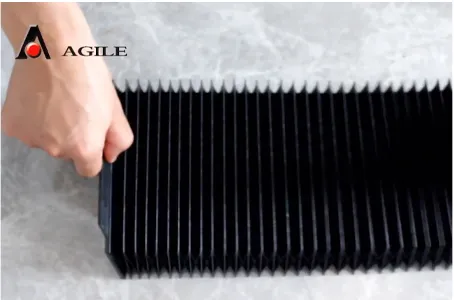synchronous belt drive
Understanding Synchronous Belt Drives
Synchronous belt drives, commonly referred to as timing belt drives, are integral components in various mechanical systems due to their efficiency and precision in transmitting power between shafts. Unlike traditional belt drives, which may slip under load, synchronous belts operate with a positive engagement between the belt and the pulleys, ensuring that the rotation of the drive pulley directly corresponds to the rotation of the driven pulley. This synchronous action is achieved through the use of teeth on both the belt and the pulleys, allowing for exact alignment and timing of motion.
One of the key advantages of synchronous belt drives is their ability to maintain consistent timing between the components of a system. This precision is particularly important in applications such as automotive engines, where timing belts synchronize the crankshaft and camshaft, ensuring that the valves open and close at the correct intervals. This synchronization leads to enhanced engine performance, improved fuel efficiency, and reduced emissions.
Synchronous belts are typically constructed from durable materials such as neoprene, polyurethane, or rubber, with reinforcing materials like fiberglass or steel for added strength and stability. The teeth of the belt are designed to mesh seamlessly with the grooves in the pulleys, facilitating a smooth and quiet operation. Moreover, synchronous belts are available in various sizes, lengths, and tooth profiles, making them adaptable for a wide range of applications in industries such as manufacturing, robotics, and automotive.
synchronous belt drive

Another significant benefit of synchronous drives is their low maintenance requirements. Unlike friction belts, which may need frequent adjustments and replacements due to wear and tear, synchronous belts have a longer lifespan and maintain tension without the need for constant monitoring. This translates to reduced downtime in production environments, leading to increased efficiency and cost savings.
However, it is essential to consider some limitations when using synchronous belt drives. They are sensitive to misalignment and require precise installation to function correctly. Additionally, while they can handle high speeds and loads, they may not be suitable for applications that require high shock loads or sudden changes in speed.
In conclusion, synchronous belt drives offer a reliable and efficient solution for power transmission across various applications. Their unique design facilitates precise timing and minimal maintenance, making them a preferred choice in several industries. As technology advances, we can expect further innovations in synchronous drive systems, enhancing their capabilities and broadening their uses in the mechanical world.








